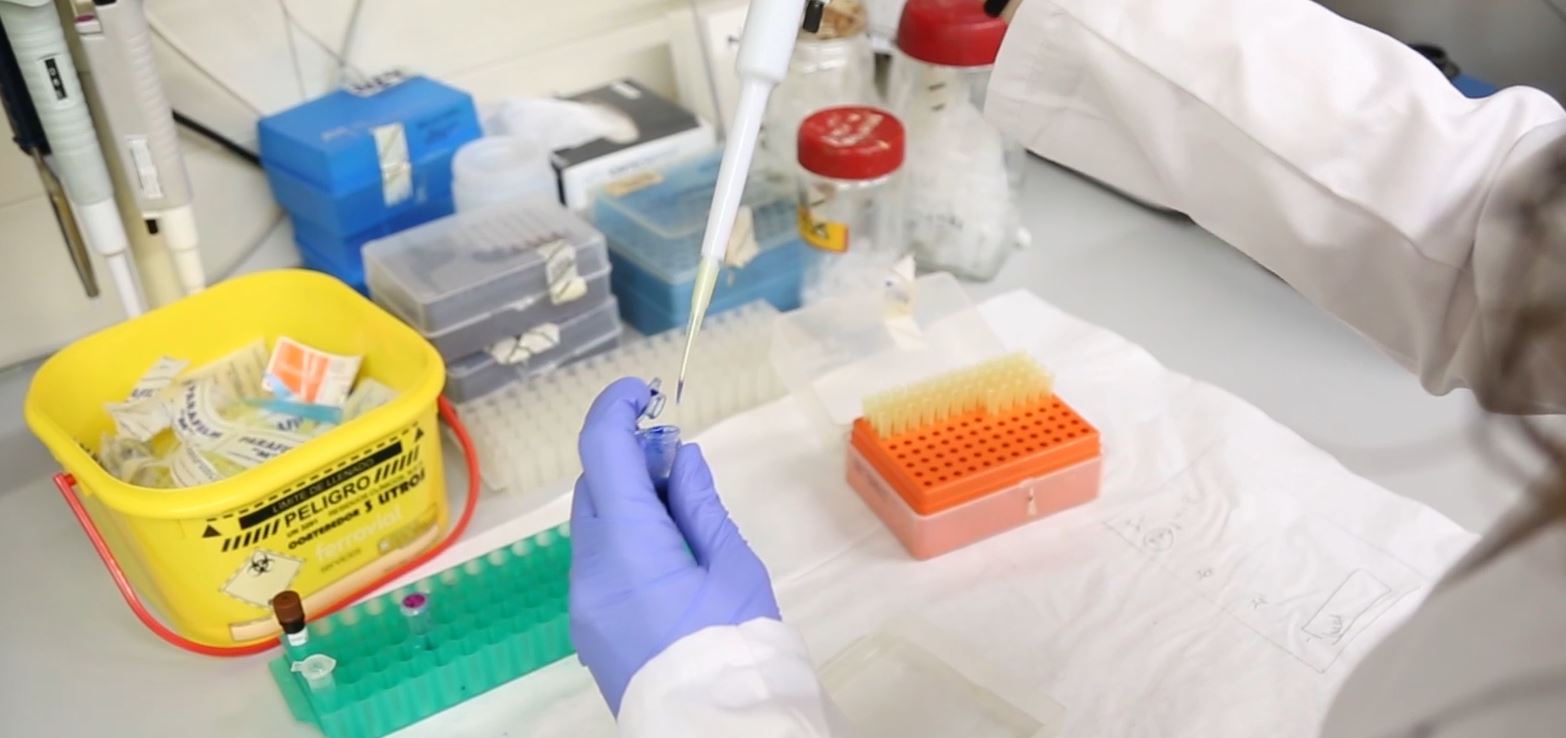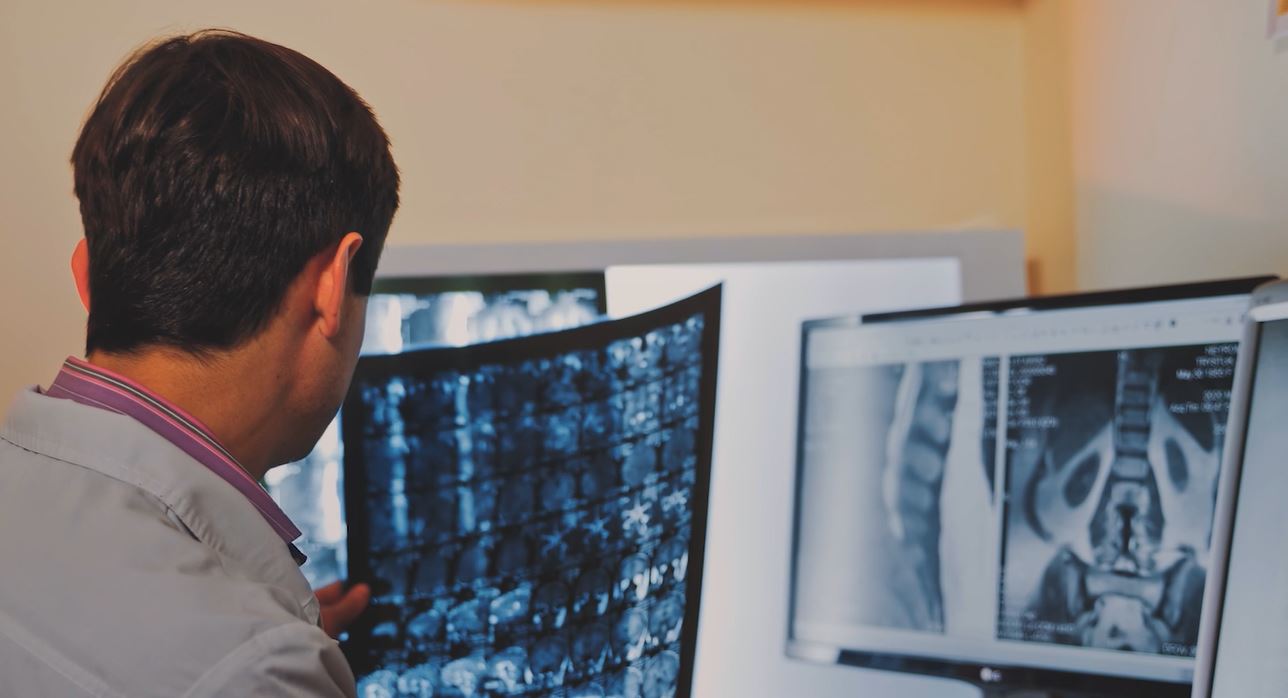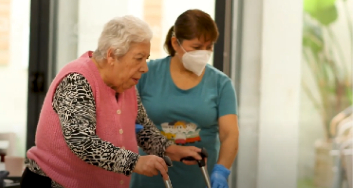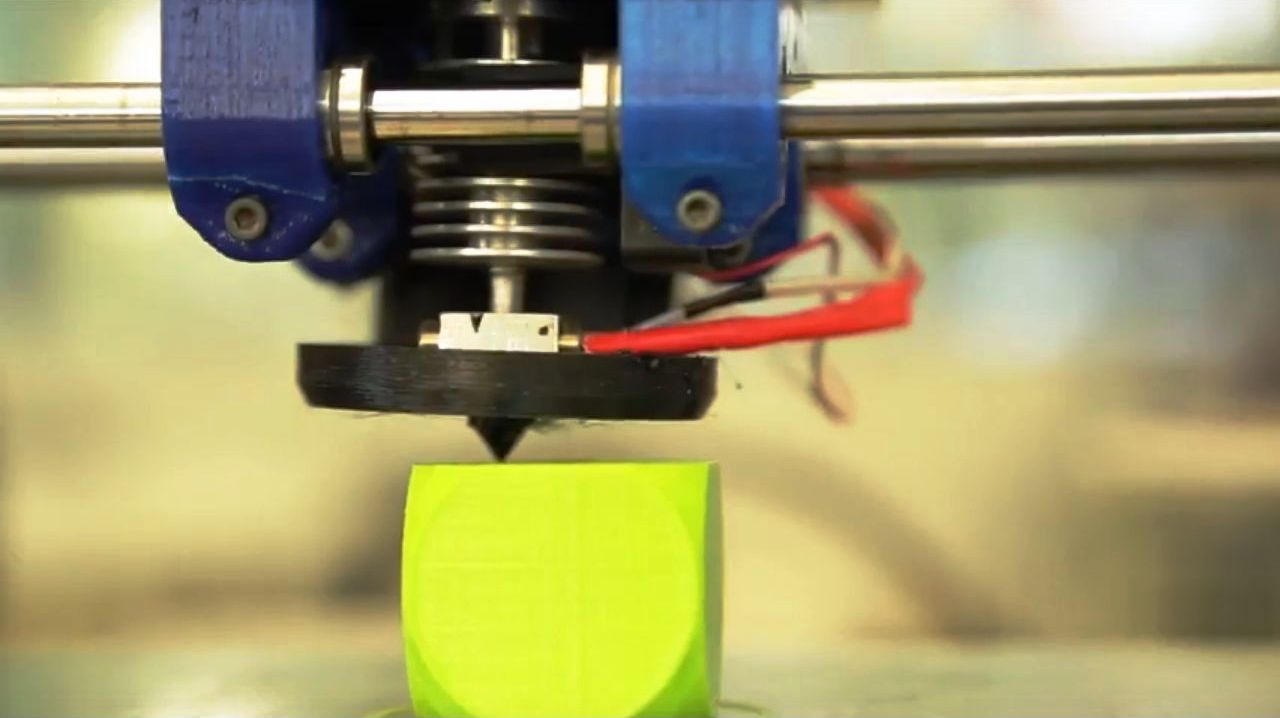
Electromedicine Installer-Repairer
Other denominations
Electromedicine Machine Repair Technician; Medical Equipment Electronics-Adjuster; Electromedicine Technician; Electromedicine Maintenance Technician
Description
Professional responsible for installing, maintaining and repairing non-implementable active healthcare products - PSANI - in electromedicine systems and their associated installations in accordance with quality criteria, following safety conditions and complying with current regulations. In other words, the professional who installs, maintains and repairs the electronic equipment used in medical examinations and treatment.
Working at public and private health centres, in electromedicine services and for manufacturers, distributors and suppliers of electromedicine services, in technical and customer care departments as a company employee or as a freelancer.
Tasks
- Select the elements, equipment and tools required by a specific installation, based on the technical documentation:
Based on knowledge of the different systems and electromedicine equipment, both diagnostic and therapeutic, check that the documentation, material, instruments and tools are suitable for the installation to be assembled, whether it is new or remodelled.
Identify the physical spaces and the infrastructure where the installation will take place and check that these are consistent with the project, manufacturer's technical documentation and assembly needs.
Detect possible difficulties with assembly, interpreting plans, layouts and diagrams and proposing solutions that solve these contingencies.Use the right tools, measuring instruments and protective equipment for the activity to be carried out. - Receive the equipment and elements of the system to be installed, arranging the documentation, recording all the details and indicating incidents observed:
Collect all documentation needed for reception and check that it corresponds to the documentation indicated by the health centre and regulations.
In accordance with the format used by the health centre, document the origin of the equipment and accessories.
On the corresponding document, record the equipment identification details (brand, model, serial number, entry date, forecast obsolescence, location, entry procedure, price). - Install the equipment and system elements:
Plan the assembly phases.
Install the corresponding elements and system equipment.
Adjust and review the installed equipment, checking protections, signposting, regulation and control parameters and alarms. - Start up the installed system:
Start up the system, without the patient, in accordance with the project and corresponding technical regulations. Start-up requires ensuring the ergonomics and aesthetics of the equipment, installation and operating accessories of the moving parts, the status of the indicators and operation of the equipment's safety systems.
Practical verification of alarms, motorised movements and run-end, guaranteeing patient and user safety.
Write a report containing the acceptance tests and their results and deliver the corresponding documentation to the health centre. - Train and monitor regarding operation of the system and equipment with the safety measures to be adopted by health centre personnel:
During the training process, remember to provide information on how to operate the equipment and use of the controls, as well as indicator alarms and signposting that help discover dysfunctions in the equipment.
Training regarding the most common technical faults and errors in the equipment, installation and accessories and how to correct them.
Inform as to the maintenance protocols that technicians from the health centre electromedicine technical service have to carry out. - Apply the preventive maintenance programme, reviewing the operating conditions of the electromedicine systems and the expiry of the components, in conditions of quality and safety:
Check that the technical means, tools and measuring utensils are suitable and that they are used according to the requirements of each intervention.
Carry out the different operations following the protocols indicated in the work orders.
For equipment that generates ionising radiations, take into account dosimetry levels, healthcare certificates, specific regulations for this equipment and official quality control protocol and acceptance tests. - Diagnose and repair the faults that have occurred in the electromedicine systems and their associated installations based on the symptoms detected, manufacturer's information and faults history:
Check the possible dysfunction, with or without the user, according to the instructions, carrying out the usual start-up sequence and collecting information about it in the usual way.
Diagnose and accurately locate the faulty machine, as well as the dysfunction and type of fault, assessing the repair possibilities and time required.
Repair the faults and dysfunctions diagnosed in line with programmed objectives and contingency situations.
Replace the damaged element using the assembly sequence recommended by the manufacturer and collect the generated waste in accordance with the waste management plan.










 | Catalan | Beginner
| Catalan | Beginner | Catalan | Advanced
| Catalan | Advanced
 Open
Open | English | Beginner
| English | Beginner







